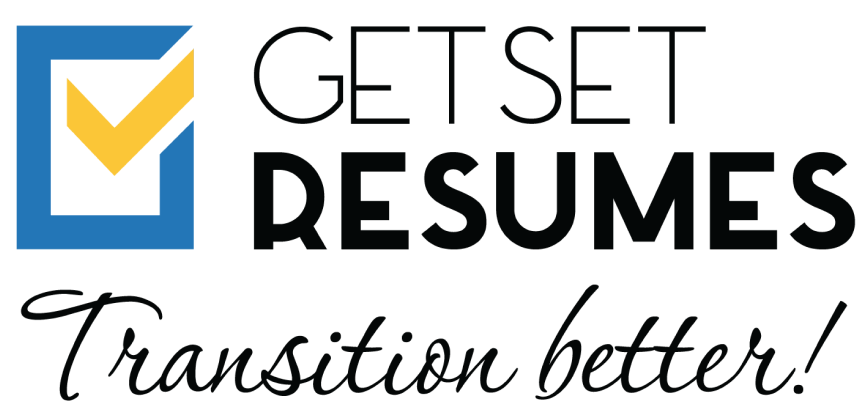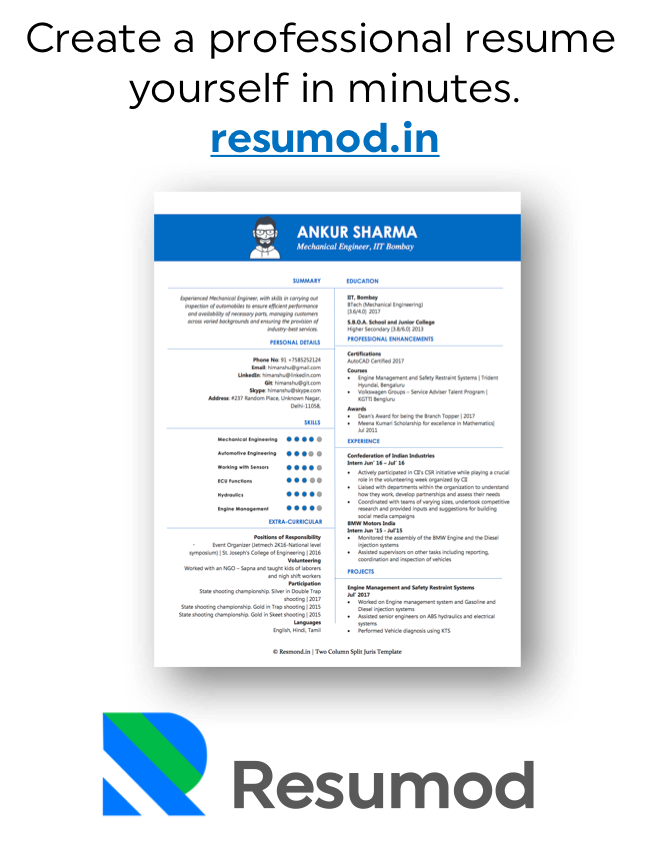Today’s job market is becoming complicated day by day and crafting the perfect resume is crucial. As per a 2024 report, over 75% of resumes are never seen by human eyes because they fail to pass through Applicant Tracking Systems (ATS). This statistic underscores the importance of striking a balance between personalization and ATS optimization with resume keywords. Let’s explore this intricate dance and how job seekers can effectively navigate it.
The Critical Role of ATS (Applicant Tracking System) Optimization
Understanding ATS
ATS’s are software applications that streamline the hiring process for employers. ATS scans resumes for keywords that match the job description, filtering out those that don’t meet specific criteria. This means that even highly qualified candidates might be overlooked if their resumes are not optimized for ATS.
Why ATS Optimization Matters?
- Increased Visibility: As highlighted by a report, ATS plays a significant role in the hiring process. Optimizing your resume for ATS ensures that it gets past the initial screening and reaches the hands of hiring managers.
- Relevance: ATS optimization aligns your resume with the job description, spotlighting your relevant skills and experiences.
- Efficiency: For recruiters, ATS helps manage large volumes of applications efficiently. As per a study each corporate job opening attracts 250 resumes on average. ATS helps in filtering these down to the most relevant candidates.
The Power of Personalization
What is Personalization?
Personalization involves tailoring your resume to the specific job you are applying for, making it stand out by highlighting your unique qualifications and experiences.
Why Personalization is Essential?
- Connection: Personalized resumes create a connection with the hiring manager. According to a survey, 61% of hiring managers prefer resumes that are customized to the specific job opening.
- Highlighting Unique Skills: Personalization allows you to showcase skills and experiences that are particularly relevant to the job.
- Competitive Edge: A personalized resume demonstrates your genuine interest in the position and the company, giving you an edge over generic resumes.
Balancing ATS Optimization and Personalization
Using Keywords Strategically
- Research: Start by analysing the job description to identify keywords and phrases that are important for the role. Tools can help you compare your resume against job descriptions to ensure you include the right keywords.
- Integration: Integrate these keywords naturally into your resume. Avoid keyword stuffing, as it can make your resume look unnatural and difficult to read.
- Contextual Use: Use keywords in context. For instance, if the job description mentions “project management,” include it in a sentence that highlights your experience, such as “Led a project management team that successfully delivered projects on time and within budget.”
Customizing for Each Application
- Tailor Your Summary: Write a tailored summary for each job application. Mention the job title and a few key skills that match the job description.
- Highlight Relevant Experience: Customize your experience section to focus on the most relevant roles and accomplishments. If you’re applying for a marketing role, emphasize your marketing-related experience.
- Adapt Your Skills Section: Adjust your skills section to reflect the skills mentioned in the job description. For instance, if the job requires proficiency in Adobe Creative Suite, ensure it’s listed prominently in your skills.
To provide deeper insights into the balance between personalization and ATS optimization, Marie Zimenoff, Career Thought Leader says, “A resume needs to pass the ATS to be seen by a human, but it also needs to resonate with that human. It’s about finding the balance between being keyword-rich and personal.”
Practical Tips for Job Seekers
- Use a Professional Template: Choose a resume template that is both ATS-friendly and visually appealing. Avoid graphics and unusual fonts that ATS might not read correctly.
- Update Regularly: Regularly update your resume to include new skills and experiences. This keeps it relevant and ready for any new opportunities.
- Seek Feedback: Have your resume reviewed by a professional or use online tools to get feedback on both ATS optimization and personalization.
In the ever-evolving job market, striking the right balance between personalization and ATS optimization with resume keywords is crucial. The importance of ATS cannot be ignored, but neither can the need for a personal touch. By understanding how to blend these two elements effectively, you can create a resume that not only passes the ATS filter but also resonates with hiring managers.
Embracing the Future of Job Applications
Looking ahead, the job application process will likely continue to evolve. As more companies adopt sophisticated ATS technologies, job seekers must stay informed about best practices for optimizing their resumes. Simultaneously, the emphasis on personalization will grow as companies seek candidates who not only have the right skills but also align with their culture and values.
Personalization Strategies for the Future
- Leverage AI Tools: Utilize AI-powered tools to analyse job descriptions and identify the most critical keywords. These tools can also help suggest ways to naturally incorporate keywords into your resume.
- Stay Updated with Industry Trends: Follow industry blogs, attend webinars, and participate in professional networks to stay updated on the latest trends in resume writing and ATS optimization.
- Network Strategically: Build and maintain professional relationships through platforms like LinkedIn. Networking can sometimes bypass the ATS altogether, getting your resume directly into the hands of hiring managers.
Final Thoughts
Balancing personalization with ATS optimization is not a one-size-fits-all approach. It requires continuous learning, adapting, and fine-tuning your resume to meet the demands of the modern job market. By embracing both strategies, you can enhance your chances of landing the job you desire.
As Amanda Augustine, Career Expert at TopResume aptly puts it, “Your resume should tell a cohesive story about your career path. Personalization is key to making sure that story aligns with the job you’re applying for, while ATS optimization ensures your story gets heard.” By finding this balance, you ensure your resume not only gets noticed but also leaves a lasting impression.



![Master Your Self Introduction: Tips for Senior Leadership Interviews [2025 Guide]](https://www.getsetresumes.com/blog/wp-content/uploads/2025/10/business-consultant-working-with-client-1140x660.jpg)

